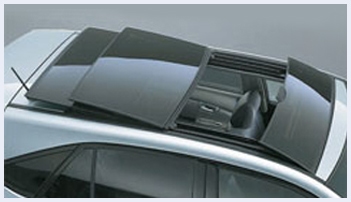There was a time — a long time ago — where car enthusiasts eschewed anything remotely resembling plastic in their automobiles. It just looked and felt, well, cheap.
But that was then… this is now, for plastic injection molding companies who make plastic car parts. There are several reasons why about 20% of the components in today’s cars is plastic:
- plastic absorbs vibration
- plastic insulates
- plastic absorbs 4-5 times more energy than metal, which makes it more crash-friendly, for both occupants and pedestrians
- plastic provides a smoother, quieter ride
….and lastly, but MOST importantly - plastic is LIGHT!

Weight wasn’t a huge consideration back when gas was 25 cents a gallon. But it certainly is today, with much higher gas prices, even adjusted for inflation, and a higher regard for the environment. After all, less weight = less fossil fuel consumed = less carbon in the atmosphere. Looked at in this way, plastic is green.
Take bumpers, for example. They were once all steel, baby. And they crumpled like tin foil in crashes from 5 mph to 50 mph. But plastic bumpers can literally bounce back from low-speed crashes, resuming their original shape, and absorb injury-producing energy in high-speed crashes, reducing injury and even saving lives. When you consider that plastic is both lighter and cheaper than steel, plastic bumpers are simply superior in every way to steel ones.
Take windshields, for another example. Today’s windshields are made from ‘safety glass” — laminated glass that’s shatterproof because of a thin sheet of plastic wedged between two layers of glass.
Take fuel tanks, for yet another example. Unlike steel tanks, plastic fuel tanks are seamless because they’re molded as one part. Not only is a plastic tank rust-proof, it’s more leak-proof too, thanks to no seams, rivets, etc. In fact, plastic, in general, protects the car from overall corrosion.
One more advantage: it’s easier to design with plastic than with steel, because of its malleability. You can literally mold plastic into any wild shape you want. Not so with steel, which has a much more limited range of possible shapes. This malleability gives car designers a freer hand to conceive new concepts that can actually become reality.
So steel yourself for the cold, hard truth: plastic is driving the car industry these days!